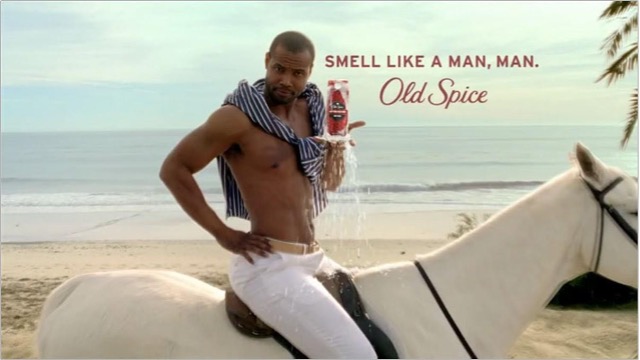Dear CMOs: Please teach your people how to evaluate creative!
Marketers are constantly evaluating creative presentations. Much of it ends up fabulous – great creative that grabs the target’s attention, is memorable and accomplishes its objectives – advertising that changes feelings, minds, and behaviors.

Behind the scenes, it is often very difficult for the client and agency to get to great work. Why? One reason is the poor quality of the creative feedback that the clients often deliver.
Poor creative feedback creates a multiplier of badness: it is hard to understand, difficult to address, and often creates rounds and rounds of extra work. It costs the client and the agency money. It wastes time. The resulting creative under-delivers. The best talent doesn’t want to work with clients that give poor direction and bad creative feedback. It just plain stinks.
Better creative evaluation skills can help create an environment where great creative advertising is possible. So, as a public service to CMOs and their agencies, here is a quick and easy framework of five questions that the evaluator should have in mind as they experience creative work:
- Is it on strategy and on brief?
- What is your overall gut reaction?
- Is there clear and compelling selling language?
- Is the selling proposition dramatically visualized?
- Does the work address all executional mandatories?
This simple to remember five-question framework even includes an easy to remember acronym: SOLVE.
Let’s talk a little about each step.
S – Strategy
We start with the strategy and brief. The strategy should be clearly articulated in the brief. If you don’t see the strategy coming alive in the work, the work fails right off the bat. It should be obvious how the proposed creative work addresses the brief. If not, the follow-up discussion with the creative team needs to be about the strategy and the brief in order to ensure everyone is on the same page.
O – Overall Gut Reaction
Assuming the work appears to be on strategy, the next step is to gauge your gut reaction to the work given your best understanding of the target audience. Of course, the target audience’s reaction is the reaction that counts – but a marketer’s job is to understand their target well enough that the marketer can serve as a proxy. What was your gut reaction? Did it trigger an emotional response? Were you moved? Did you like the work? This is a critical step in evaluating creative. As Les Binet has said: “It’s not the message that makes advertising work, but the way it makes people feel.”

L – Language
The next step is to consider the language. Does it address the brief? Does the language bring the brand’s positioning to life in words? Is the copy compelling, interesting memorable, and clear? Liberty Mutual does this well… We customize your car insurance so you only pay for what you need.

V – Visualization
Of course, most mediums provide the opportunity to also visualize the brand’s message. Once you’ve considered the language, it’s time to look at the visuals. Is the selling proposition dramatically visualized? Here’s a great example:

If the work being presented has made it to this point… it’s on strategy; you have a positive gut reaction; the selling idea is brought to life in clear and compelling language and dramatic visuals… you’re in great shape! You may end up with something like this:

E – Executional Mandatories
The final step – ensuring any executional mandatories are covered – is the easiest part of the process.
SOLVE
With this approach, almost anyone can learn how to evaluate creative work. The simple 5 question SOLVE framework can help you organize your approach and prepare you to deliver helpful feedback.

Steve Boehler, founder, and partner at Mercer Island Group has led consulting teams on behalf of clients as diverse as Nokia, HP, Microsoft, Sprint, Nintendo, Abbott Laboratories, and numerous others. He founded MIG after serving as a division president in a Fortune 100 when he was only 32. Earlier in his career, Steve Boehler cut his teeth with a decade in Brand Management at Procter & Gamble, leading brands like Tide, Pringles, and Jif.